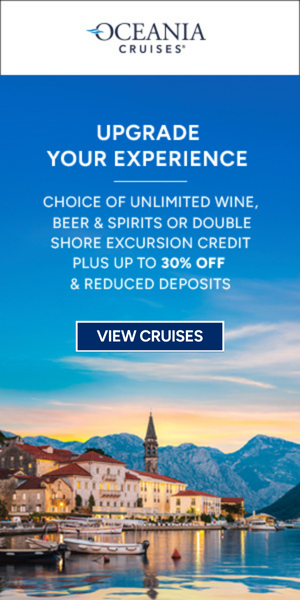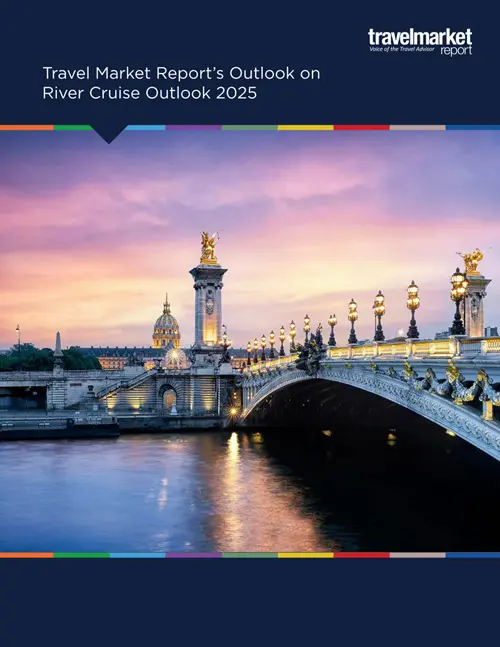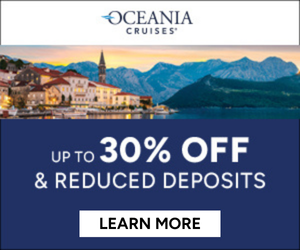Germany Eyes Growth Through Creative Themes And Brand Stability
by Maria LisellaGerman tourism is used to success—and it spends years planning for it. Sitting on seven years’ worth of consecutive tourism growth, the German National Tourist Office (GNTO) reported record-breaking traffic in 2016, with a total of 80.8 million international overnight stays.
U.S. traffic to Germany was up 8.5%, or 5.7 million overnights, in 2015 over the prior year; in 2016 it rose 2.5% among U.S. customers, its third-largest incoming market.
Even during dizzying geopolitical times, Germany stays on course. German National Tourist Board (GNTB)CEO Petra Hedorfer says “economic factors, for example the Brexit issue, or financial crises in high-volume source markets or security aspects such as fear of terrorist attacks, can temporarily dampen the wanderlust in individual source markets.” Yet she is confident that Germany’s tourism appeal, infrastructure and customer satisfaction will see it through.
The GNTO’s tourism strategy is linked to multiple themes, whose allure fans out among various segments of the traveling public. There is culture, the number-one reason Americans travel to Europe, but themes also create a framework to develop the tourism profile of cities and towns that often slip under the radar.
While The Luther Decade is reaching its peak this year with the 500th Anniversary of his bold act, Germany is also getting a head start on 2018 that will showcase Culinary Highlights, which will emphasize the regional differences in cuisine thus bringing new appreciation for parts known and unknown. So if you think that German food is sauerkraut, sausages, spargel and beer, think again. Germany counts a total of 292 Michelin-starred restaurants, second only to France.
This year, the GNTO’s optimism is still pinned to the rebel monk named Martin Luther who posted Ninety-Five Theses (that shook the world) on the door of All Saints’ Church in Wittenburg 500 years ago.
Eight Luther routes have been designed to focus on various aspects of his legacy: the Reformation, Cultural Heritage, Architecture, Nature, Fine Arts and Culinary Specialties. Tours start as far north as Berlin and the city of Kassel, better known as the top of the Fairytale Road, which with Athens, is hosting the Documenta 14 art show (April 8-July 16, 2017).
At press time, no less than 21 U.S. tour operators are featuring tours and packages based on these itineraries. For a complete list of U.S. tour operators selling packages focused on the Luther routes, contact George Vella at the GNTO or call 212-661-4796.
The route that focuses on his Life and Times departs from Berlin, which is also the venue for the International Garden Festival (April 13 to October 15, 2017) to Frankfurt. Torgau, which boasts 500 Renaissance and late-Gothic buildings, is a hidden architectural gem; the next stop is Eisleben/Mansfeld, which is set in the southern foothills of the Harz Forest.
Erfurt is home to the famous Augustinian Monastery where Luther spent five years as a monk and where today, visitors can stay overnight for 45 euros. Additionally, the oldest fully intact synagogue in Europe still stands and houses a Jewish history museum. Erfurt is also a city of 142 bridges, the most famous of which is the Merchants’ Bridge, which has the longest row of inhabited buildings on any bridge in Europe.
This route moves on to the edge of the Thuringia Forest where not only Luther but Bach is also associated with Eisenach. Travelers can dine and overnight at the Wartburg Castle, a UNESCO World Heritage site. This year Luther’s Wedding will be celebrated from June 10-12 in both Wittenberg and in Eisenach, while the 117th Walking Festival will take place in Wartburg.
The U.S. remains Germany’s third-biggest overseas market, right behind the Netherlands and Switzerland—and Americans outpace other vacationers when it comes to spending money; last year they spent an estimated 4.5 billion euros, ahead of the Chinese at 4.0 billion and the Swiss at 3.6 billion.
What do the latest growth figures mean for travel agents? The rise in air access, broad inventory of accommodations, and Germany’s long-range vision for developing new products suited to its high repeat clientele add up to a mature market that features a wide range of travel products from which to choose.
There is no shortage of flights to Germany this year: 18 new nonstop flights are in operation on airberlin, Condor and Delta. New service includes: 3 departing from New Orleans, San Diego and Pittsburgh to Frankfurt; 2 out of Las Vegas and Seattle to Munich; 7 to Duesseldorf from San Francisco, Los Angeles, Boston, Miami, Ft. Myers Orlando and New York; and 6 more to Berlin from San Francisco, Los Angeles, Miami and New York and Chicago. On the ground, by the end of 2017, the new ICE Rail Sprinter will link the tourism hubs of Berlin in the north with Munich in the south within four hours.
Germany is experiencing a hotel boom with 186 new hotels planned or opening, from international hotel chains to high-end luxury properties to boutique hotels. In 2015, 389 new hotel projects were underway; in Hamburg alone, 27 new hotels are scheduled to open their doors in the next two years. Big cities like Munich, Berlin and Stuttgart also are experiencing an increase in new hotel openings. Among the big-name properties to emerge is the Hampton by Hilton Berlin City Centre, the Indigo Berlin City, the Hyatt in Baden-Baden, the Steigenberger and the Andaz Hotel in Munich and the Moxy Hotel, a collaboration between Marriott and IKEA will open its fourth property in Germany in Stuttgart.
Other news: the German Travel Mart will take place in Nuremberg, May 7-9, 2017.
























